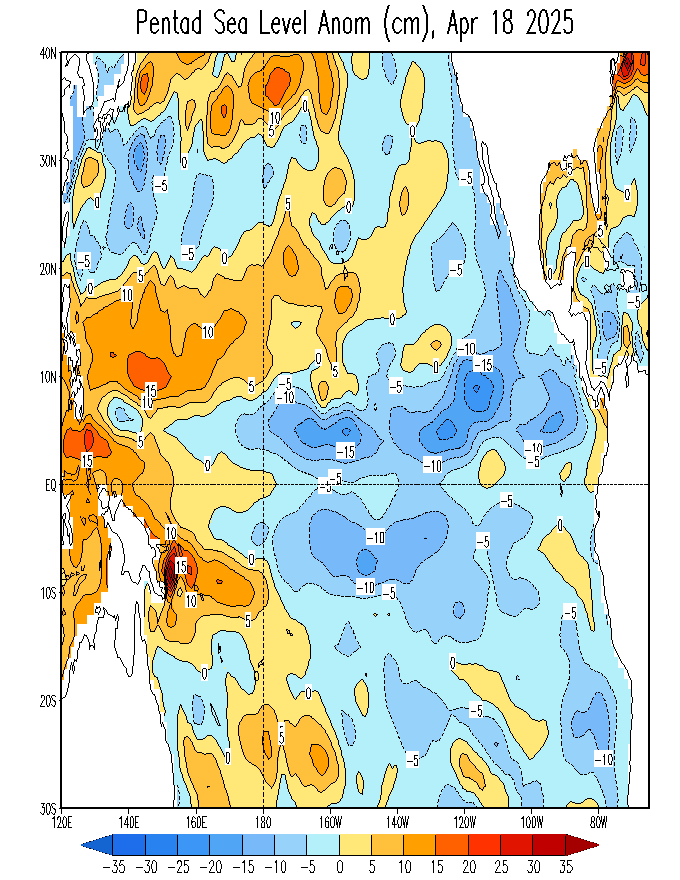Quote: Originally posted by Ateo  | rts551:
Tides are the same...........unless the sun and moon have moved. I bet you meant more powerful waves......maybe coming thru during a high tide?
 |
Water is higher or the ground is dropping. Bank in front of our house is eroding away for the first time in 20 years and the salt flats are filling
with water (no more lower road between Abreojos and La Bocana). Some people may have a problem with the federal zone if they re-measure.
|









